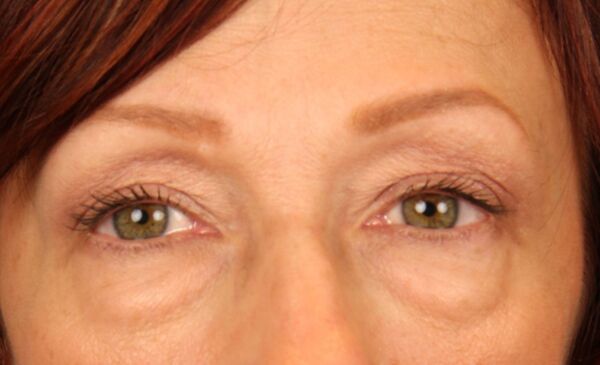
If you are bleeding after breast augmentation, there are some simple steps you can take to get your hematoma treated. First, you should see your surgeon. A draining technique can be used to drain the blood and reduce pain and swelling. They can then administer a blood thinner in order to stop further blood loss.
Hematoma
Late occurrences of hematomas following breast augmentation are rare. Although the exact cause is unknown, it has been associated with a polyurethane-coated implant and friction forces between the prosthesis surface and the surrounding tissue. Ibrahim et al. Willens et.al. reported late hemorhage in women who had received bilateral submuscular silicone gel breast implants. There have been cases of late bleeding that occurred between nine and 38 years after breast implant surgery.
While the condition can be uncomfortable, it isn't serious and will usually go away on its own. You can manage the hematoma by avoiding strenuous activities, sleeping on your side, eating plenty of healthy foods, and using an ice pack to reduce the swelling. In extreme cases, you may need to have the hematoma removed again.

Seroma
Seroma bleeding can occur after breast augmentation. It may be accompanied by pain, swelling, or discharge. These symptoms typically appear between seven to ten days after surgery. If left untreated, seromas will dissolve naturally within a month or two, but larger ones may take up to a year. Surgery may be necessary in extreme cases to remove the seroma. You can treat your symptoms at the home.
Blood supply disruption is the cause of seroma formation. This causes tissue loss known as necrosis. Different surgical techniques may result in seroma bleeding at different rates.
Post-operative bleeding
Minor bleeding after breast augmentation is normal and is not a cause for alarm. It is possible to experience excessive bleeding after breast augmentation, but it is very rare. If you notice that your clothing has been stained with blood after your surgery, try to keep the stained area covered with a tissue. Although it's normal for blood to drip from the incisions, it could be a sign of more serious bleeding. If there is excess blood, consult your doctor.
The cause of post-operative bleeding can be several different factors. One reason for bleeding is blood clotting. You can avoid post-operative bleeding by wearing compression garments that help restrict movement and place pressure on the wound site. Your surgeon may need the stitches to stop excessive bleeding. Your risk of bleeding is increased if there are a lot of bruises. This is why you should stop taking aspirin and other blood-thinning drugs for 2 weeks before and after surgery.

Treatment
Breast augmentation can lead to serious infections. If the infection is severe, the surgeon may have to remove the implant and wait up to six months before putting in a new one. The cost of the surgery includes costs for treating the infection. It is normal for patients to experience some degree of asymmetry after the procedure. However, symmetry is not possible.
Bleeding in the breasts is very common. It can be treated by reducing blood flow to the affected area. Most cases will resolve themselves, but persistent bleeding may require a second procedure to drain the hematoma.